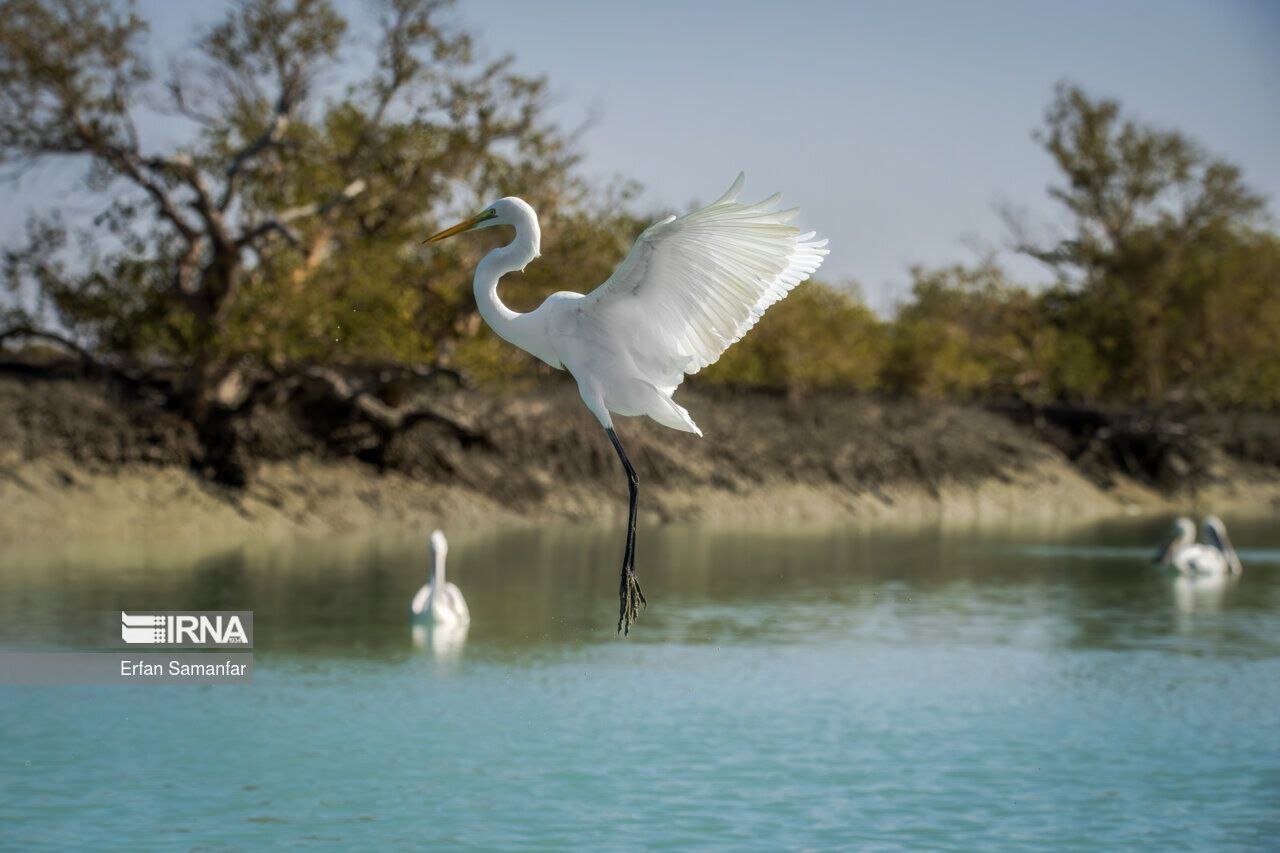DOE implementing over 120 projects to preserve marine coastal ecosystem

TEHRAN – Over the past few years, the Department of Environment (DOE) has been implementing more than 120 projects to protect the country’s marine coastal ecosystem.
These projects play crucial roles in safeguarding, managing, and restoring marine ecosystems, IRNA quoted Shahram Fadakar, an official with DOE, as saying.
They encompass a wide range of sectors such as conserving sea turtles, managing coral reef habitats, coastal zoning, studying marine mammals, as well as evaluating the marine ecosystem’s health, and mangrove forests, the official added.
Studying sea turtle nesting habitat restoration in the Persian Gulf and the Sea of Oman, monitoring coastal and offshore ecosystems in the Persian Gulf and the Sea of Oman, developing national action plans for endangered species, and assessing the biodiversity of marine invertebrates are among the key projects, he noted.
The official went on to say that ongoing collaborations with universities, research institutes, and related organizations have enhanced the efficiency of these projects.
Marine biodiversity conservation
In April, the head of the DOE, Shina Ansari, announced the provision of a data bank of more than 5,000 creatures in the Persian Gulf and the Oman Sea, saying that it will serve as a regional and even international platform for the preservation of the biodiversity in these waters.
“This includes efforts such as preparing an atlas of sensitive marine ecosystems and the identification of unknown coral reef habitats, such as the Shah Alam area on the maritime border with Qatar, which allows for effective and targeted intervention at a macro level,” ILNA quoted Ansari as saying.
The official made the remarks on the occasion of Persian Gulf National Day, which is observed on April 29 every year. The day marks the anniversary of forcing out the Portuguese navy from the Strait of Hormuz in the Capture of Ormuz (1622).
The Persian Gulf and the Sea of Oman, with more than 4,900 kilometers of coastline in Iran, are home to one of the richest marine ecosystems in the world. The DOE has implemented different measures to conserve the biodiversity of the marine ecosystems, such as developing a data strategy and planning tool to implement scientific and data-driven decision-making.
Any preserving measure without legal support and control will fail to succeed. In order to strengthen the regulatory and legal framework, the DOE has developed and issued seawater quality standards, discharge regulations at sea, dredging guidelines, waste disposal regulations, and guidelines on oil pollution damage assessment, the official added.
The DOE is implementing other programs such as coral restoration, registering coastal wetlands in the Ramsar Convention, developing a national action plan for mangrove conservation, and monitoring the marine environment, Ansari further noted.
The DOE in collaboration with local communities, government agencies, and scientific centers, has developed an action plan for the preservation of sharks and rays through monitoring their populations, raising fishermen’s awareness, and empowering them.
Unfortunately, overexploitation and illegal fishing, their late maturity, and low breeding have threatened these species with extinction.
Adopting a participatory approach, the action plan aims to identify threats, reduce conflicts, promote preservation culture, and determine priority actions for a five-year period, the official stressed.
Fadakar went on to say the DOE has so far conducted 48 educational and participatory workshops in coastal provinces.
The latest workshop was held with the participation of representatives from the Iran Fisheries Organization, the Ministry of Industry, Mining and Trade, Iran’s Customs Administration, and the National Planning and Budget Organization, to strengthen collaborations among these institutions.
MT/MG
Leave a Comment